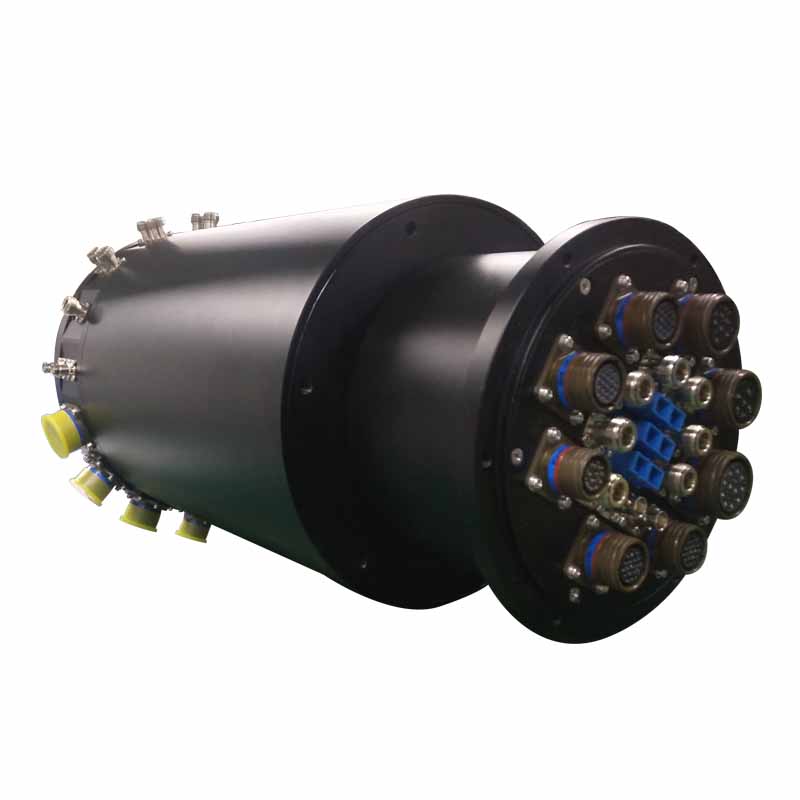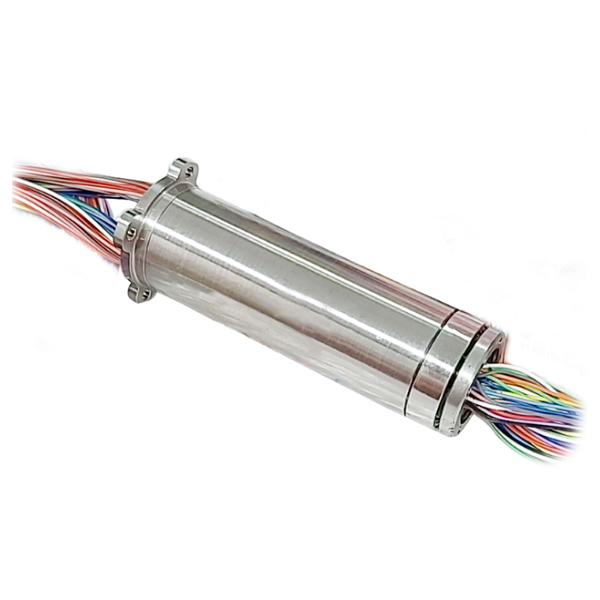Link Microtek, a specialist designer and manufacturer of microwave and RF components, has developed an X-band microwave rotary joint.
The joint has been designed to meet the extremely demanding requirements of a satellite tracking system that transmits at a high pulsed power of 100kW, with a mean power of 4kW, over a wide frequency band of 2GHz. High Quality Slip Rings

Designed to transmit and receive at frequencies from 8.5 to 10.5GHz, the tracking system uses long runs of WR90 rigid waveguide, with six of the special single-channel rotary joints providing the necessary movement for elevation, azimuth and tilt.
According to Steve Cranstone, managing director of Link Microtek,: “While single-channel rotary joints in themselves aren’t particularly tough to make, when you have that frequency bandwidth and those levels of power, it becomes a massive challenge.
“Any losses, even tiny ones, will generate a significant amount of heat, so thermal modelling was key in preventing internal overheating of the devices. What’s more, the customer’s system was unpressurised, so that made it very difficult to keep breakdown voltages to acceptable levels.”
Link Microtek’s engineering team used CST electromagnetic simulation software to model those crucial aspects of the design and eventually came up with a rotary joint that could satisfy the stringent requirements of the customer’s specification.
Incorporating a 10mm-thick heatsink to conduct the excess heat away, the rotary joints achieve a low insertion loss of less than 0.2dB and a VSWR of 1.2:1. They are manufactured from aluminium and measure 122mm in length with a heatsink diameter of 75mm.

Waveguide Rotary Joints As the satellite tracking system is installed in an exposed coastal location, the rotary joints also feature chromium-free passivation for corrosion resistance and IP65 sealing to prevent the ingress of moisture and dust.